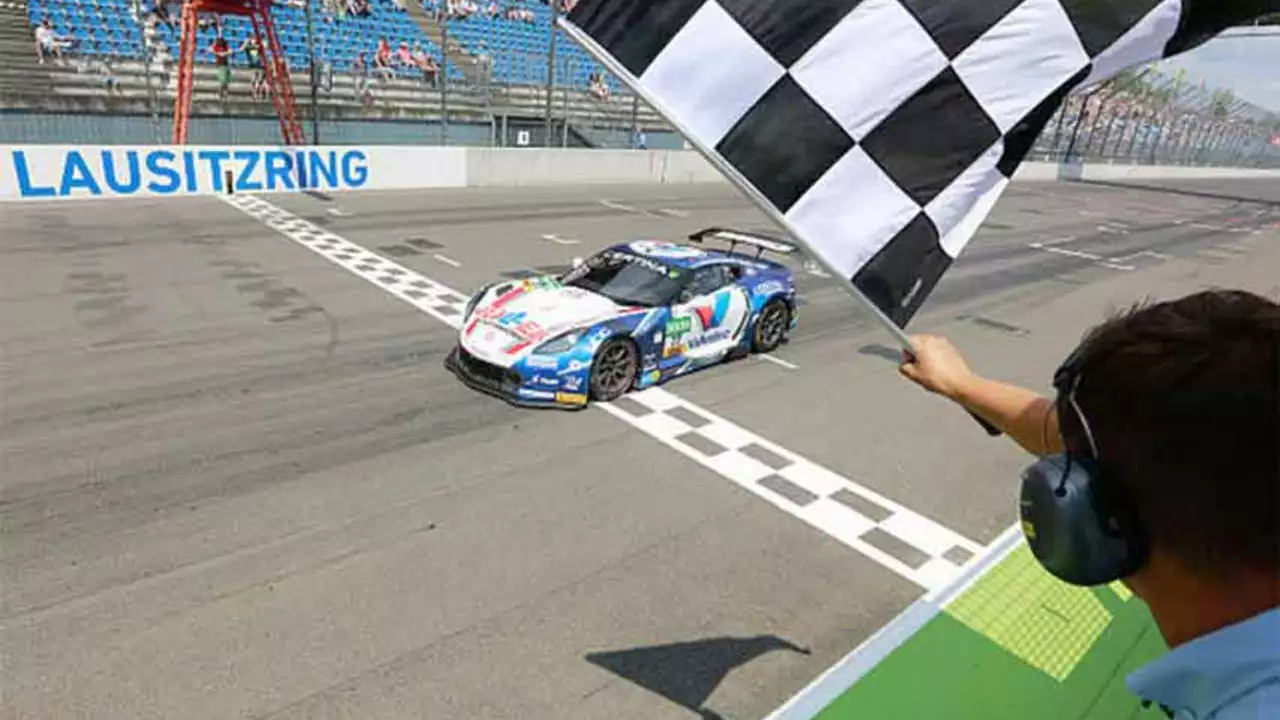Motorsports Analysis: Why Cars Slow Down at LeMans Finish Line
If you've ever watched LeMans and saw the lead cars suddenly drop a gear before the checkered flag, you probably wondered what the deal is. It’s not because the drivers get lazy or because the track gets scary. In fact, it’s a calculated move that keeps the car alive and the win within reach.
Fuel Management Drives the Slow‑down
The biggest reason teams ease off is to save fuel. A LeMans stint can last six hours, and every lap burns a predictable amount of gasoline. By cutting the throttle a little in the final stretch, the car uses less fuel and makes sure there’s enough to cross the line. Running out just meters from the finish would be a huge embarrassment, so crews program the car to stay safe.
Protecting the Car and Keeping the Engine Healthy
Besides fuel, drivers want to avoid unnecessary wear. The engine, gearbox, brakes and tyres have already been through a marathon. Pushing them flat‑out for the last few seconds raises the risk of a failure that could wipe out the whole race. A gentle finish lets the components cool a bit and reduces the chance of a sudden breakdown.
Teams also consider tire temperature. After hours of racing, the rubber can get too hot, which leads to loss of grip. By easing off, the driver lets the tires settle, keeping the car stable right up to the line.
Another subtle factor is the championship points system. In some years, finishing just a second behind the leader still earns big points. So the risk of a full‑throttle dash isn’t worth the possible loss of a podium.
What does this mean for an everyday fan? If you see a car coast past the finish line, don’t think it’s a mistake. It’s a strategic decision made in the pit box minutes earlier.
From a driver’s perspective, the slower finish also helps with mental focus. After 24 hours of racing, the brain is fatigued. Keeping the car steady gives the driver a chance to stay calm and avoid a last‑minute error.
Many teams use sophisticated software that predicts fuel consumption down to the last litre. The system tells the driver exactly when to start easing off. In some cases, the drivers receive a one‑second warning on the steering wheel. That’s why the slowdown looks so smooth – it’s rehearsed and timed perfectly.
So, next time you watch a LeMans finish and spot the leading car taking a breath before the line, you’ll know the story behind it. It’s all about fuel, engine health, tyre grip, and a smart race strategy. The goal isn’t just to be the fastest for a few seconds, but to be the smartest over the whole race.
If you’re into motorsports analysis, keep an eye on how teams manage the final laps. The patterns you spot can tell you a lot about their overall approach and may even hint at who’s more likely to dominate the next race.

